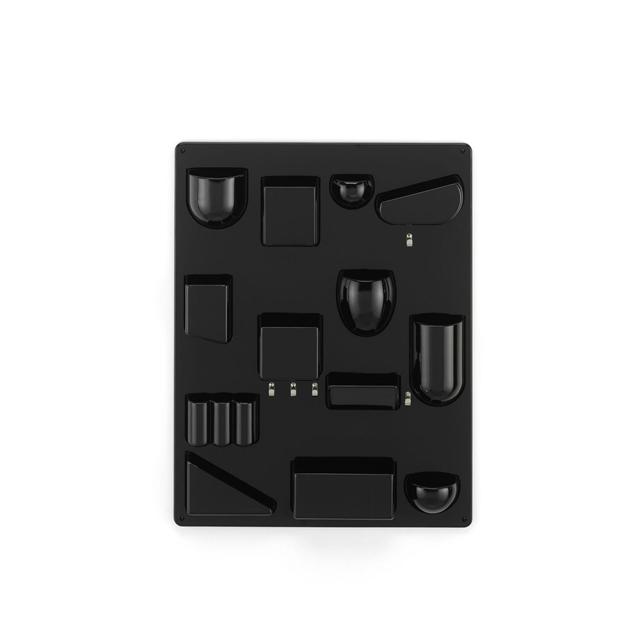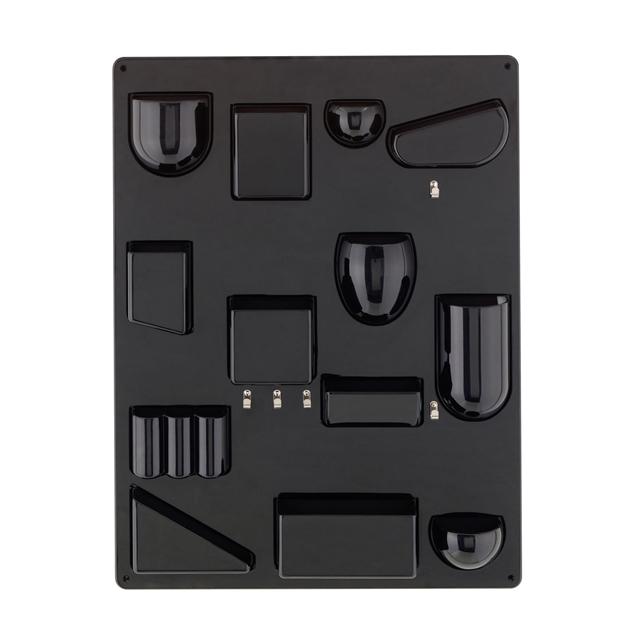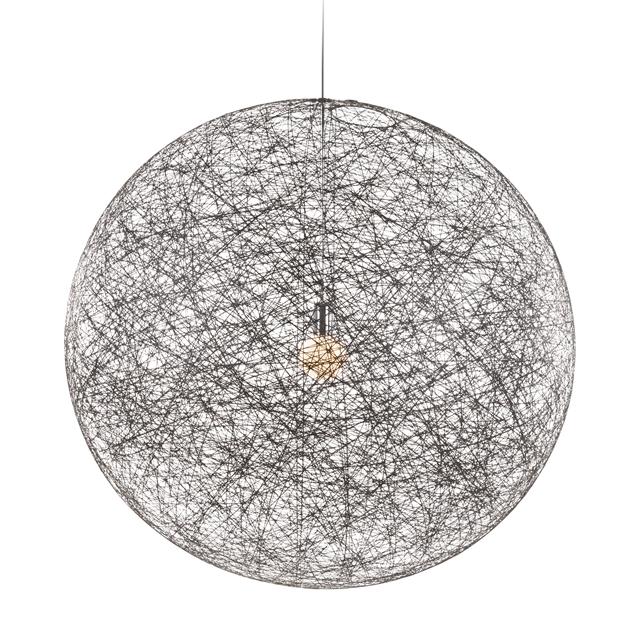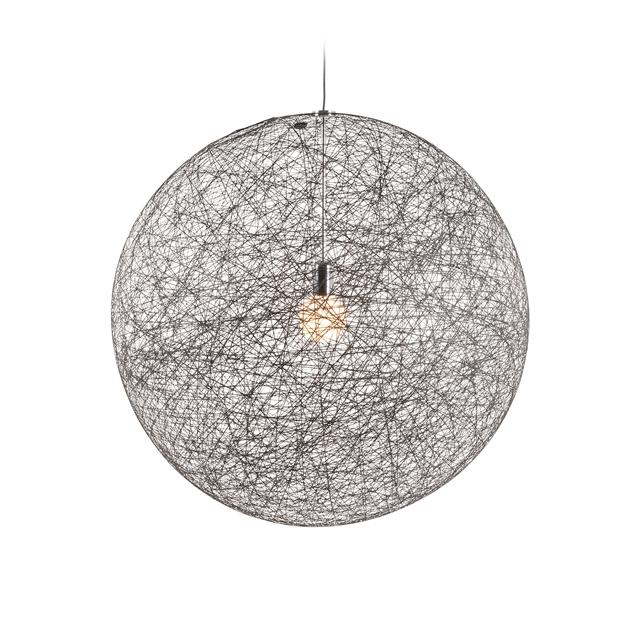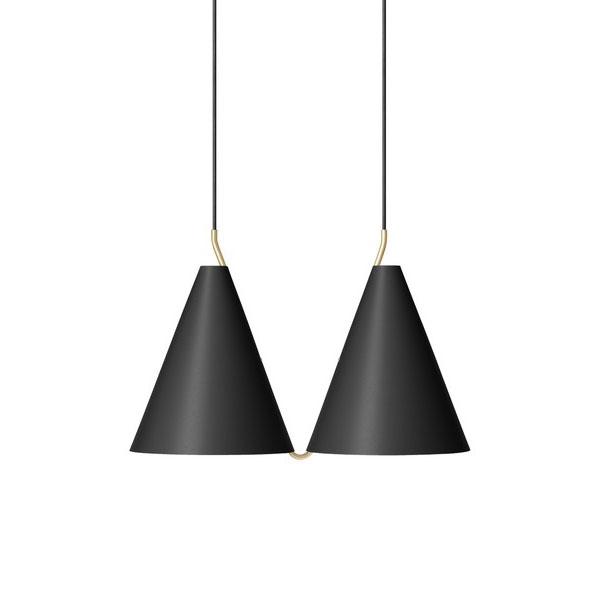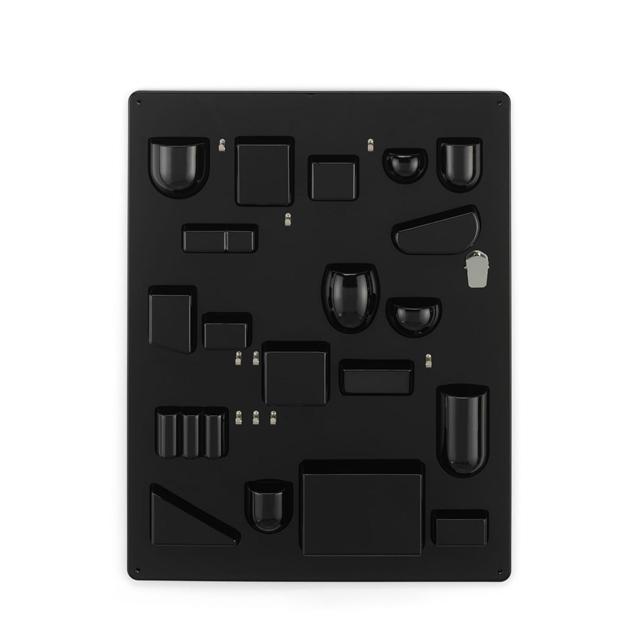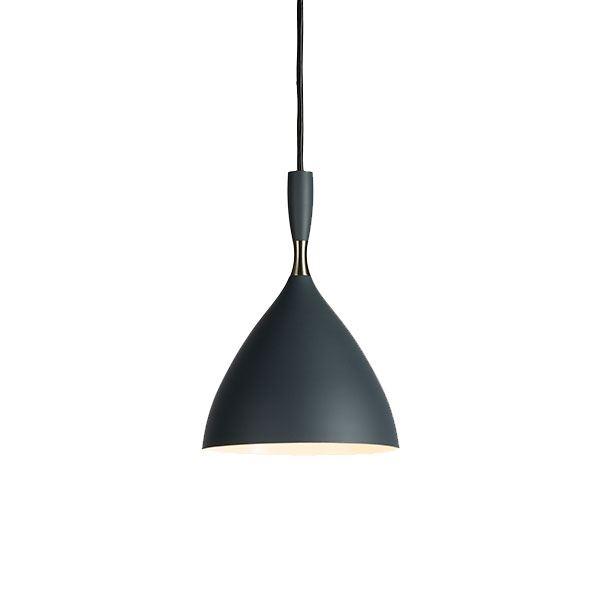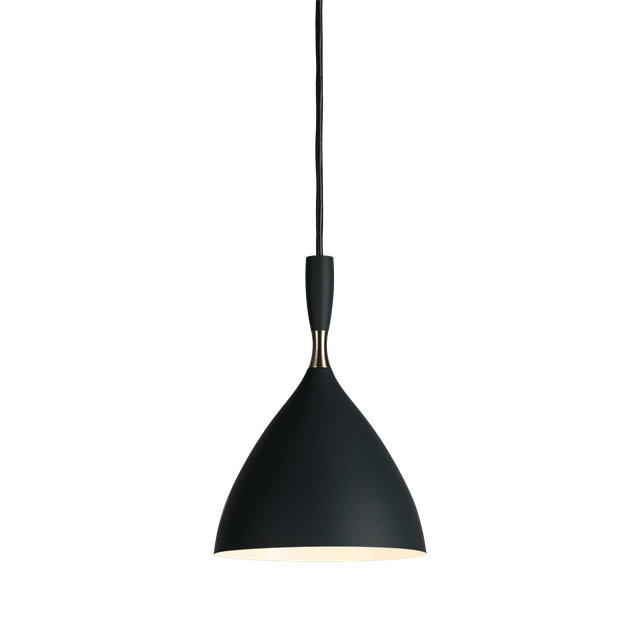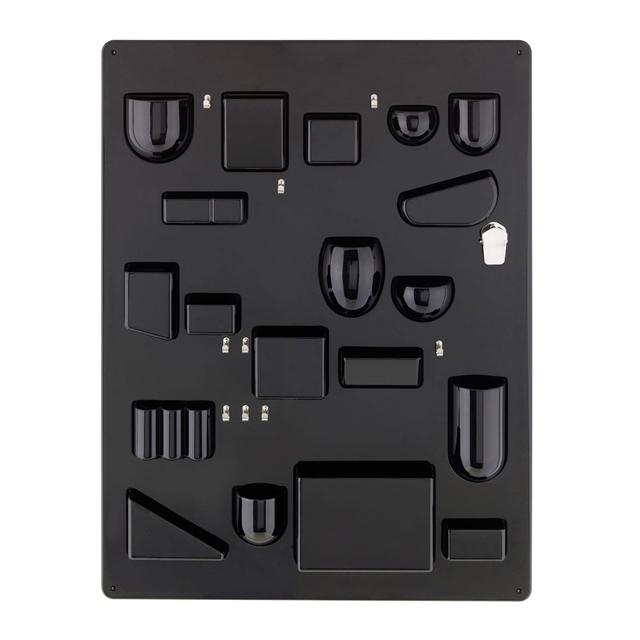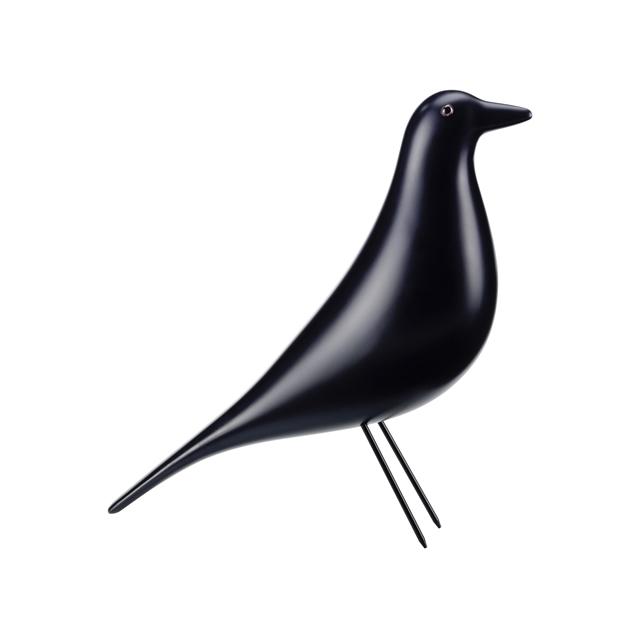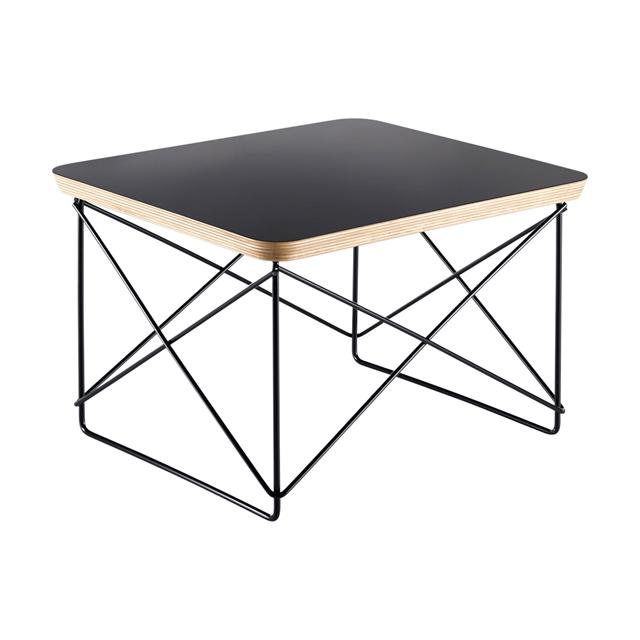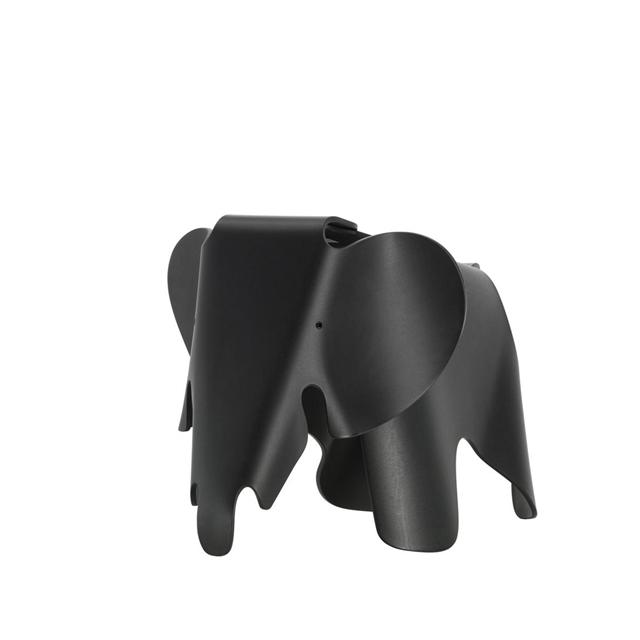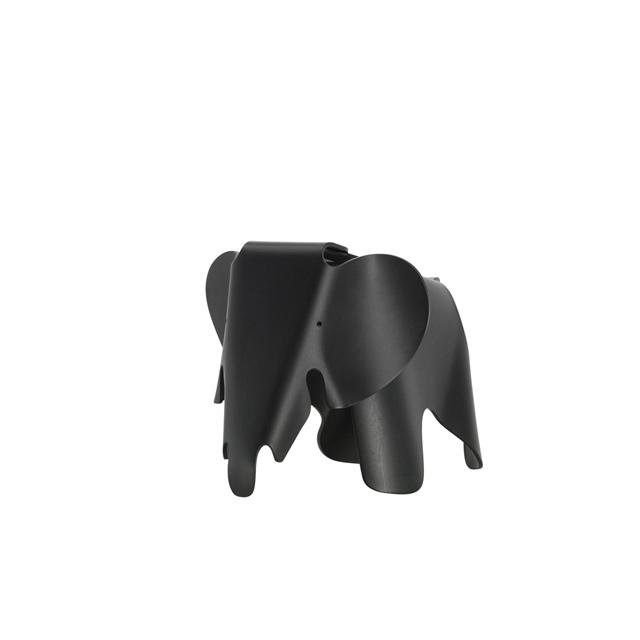Vitra Eames House Bird Black
Design: Charles and Ray Eames Concept: One of the most beloved decorative figures in the house of designers Charles and Ray Eames was a black wooden bird, known as the Eames House Bird. It exudes elegance and is designed with large finesse and precision and clothes any window sill, resting on its legs of steel wire. The Eames couple found inspiration for the wooden bird, on one of their excursions to the Appalachians, where there was a piece of folk art shaped like a bird made of wood. Today, Eames House Bird is produced by Vitra and is available in the original black-painted color in lacquered alder wood and a warmer variant in lacquered walnut wood. About the designers: The couple Charles Ormond Eames Jr. (1907-1978) and Bernice Alexandra "Ray" Eames, born Kaiser, (1912-1988) were American designers. With each their background within resp. industrial furniture design (Charles) and art (Ray) they met in 1940 at the Cranbrook Academy of Art in Detroit. In 1941, they married and began experimenting with three-dimensional molded plywood, with the goal of producing affordable and comfortable chairs. Due to World War II, their experimental work was interrupted and only resumed in 1946, when they presented an exhibition of their furniture designs at the Museum of Modern Art (MoMA) in New York. Then it picked up speed. They entered into an agreement with The Herman Miller Company, which began producing their furniture. In 1957, Vitra entered into a licensing agreement with Herman Miller and began production of Charles and Ray Eames' designs for Europe and the Middle East. It was the start of Vitra's furniture production, which is why the Eames couple has had a large influence on Vitra as a design company and their values and goals permeate even Vitra to this day.
